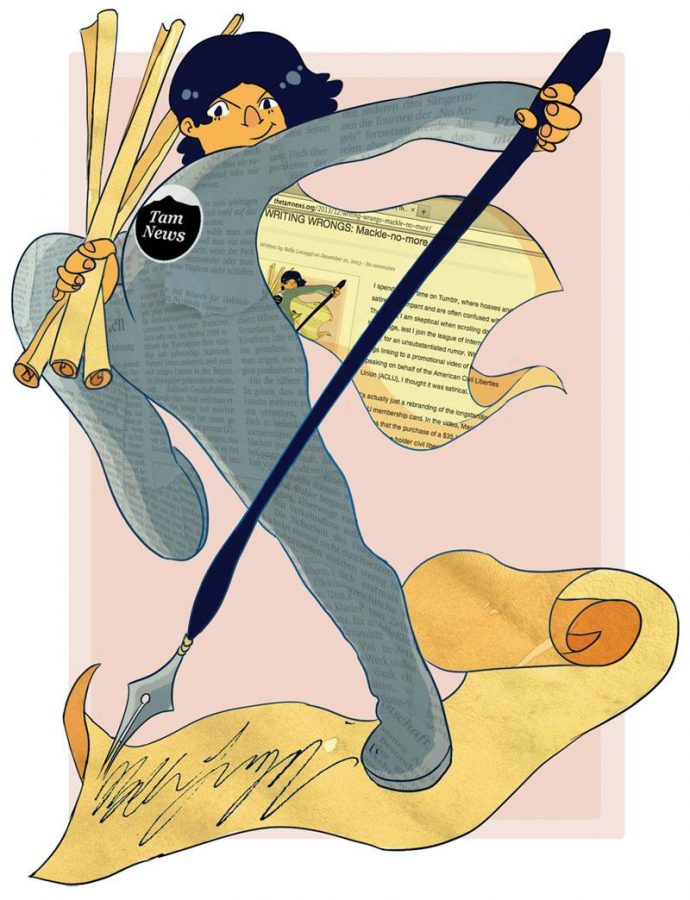Clothing keeps us warm in Marin’s uniquely irritating weather patterns, and I appreciate the way it keeps “everything under wraps.” But clothing is more than that. Our society prescribes ritual and meaning to it, based on myriad factors. Despite this all, though, I’d like to advocate the simple–though not simplistic–idea that clothing is inherently genderless.
Whose idea was it that men have to wear pants and women dresses? Why do we value strong silhouettes for the male figure and delicate ones for the female’s? Spoiler alert: the distinctions are arbitrary. Or, at least, they should be. There’s definitely been progress towards greater clothing freedom since the era of corsets and hoopskirts, but there’s still a ways to go.
This is largely because clothing has close ties to gender identity (the gender you identify as, of which there are infinte options) and gender presentation (the way you choose to present your gender identity). My more masculine-of-center gender presentation has led to a great deal of anxiety when it comes to shopping in department stores (I typically prefer to buy clothing online for this reason). As I peruse racks of female-intended shirts with inexplicably “feminine” cuts, I inevitably end up gazing wistfully at the array of male-intended options. But issues with sizing and a fear of judgement keep me from pursuing them. The persisting belief in gender boxes contributes to a dearth of options for anyone whose desired clothing doesn’t exist for them.
Facebook is still bloated with prom pictures. I’ve sifted through hundreds of snapshots of smiling tuxedos and dresses, bow ties and necklaces. The way that our mindset towards clothing has evolved currently allows me to use these nouns as a way to imply the genders of prom attendees. This gendered approach implicitly leaves those of us who “broke the rules” out of the conversation.
More than anything, it’s important to establish the freedom to choose one’s own clothing without judgement or fear. It doesn’t matter if you identify as a girl and love skirts or a boy and love polos. These are your preferences, and are protected under the idea that clothing is ungendered. But the real reason we need to embrace greater clothing neutrality is for those who don’t conform to the binary in regards to presentation or identity. These are the people whose lives are made uncomfortable and dangerous by The Gender Box.
If we lived in a society that embraced genderless clothing, then anyone could approach fashion based solely on unpolluted personal style and gender presentation-based preference. I want to see a world with more people rocking colored skinny ties and flower-print crop tops, regardless of gender.


